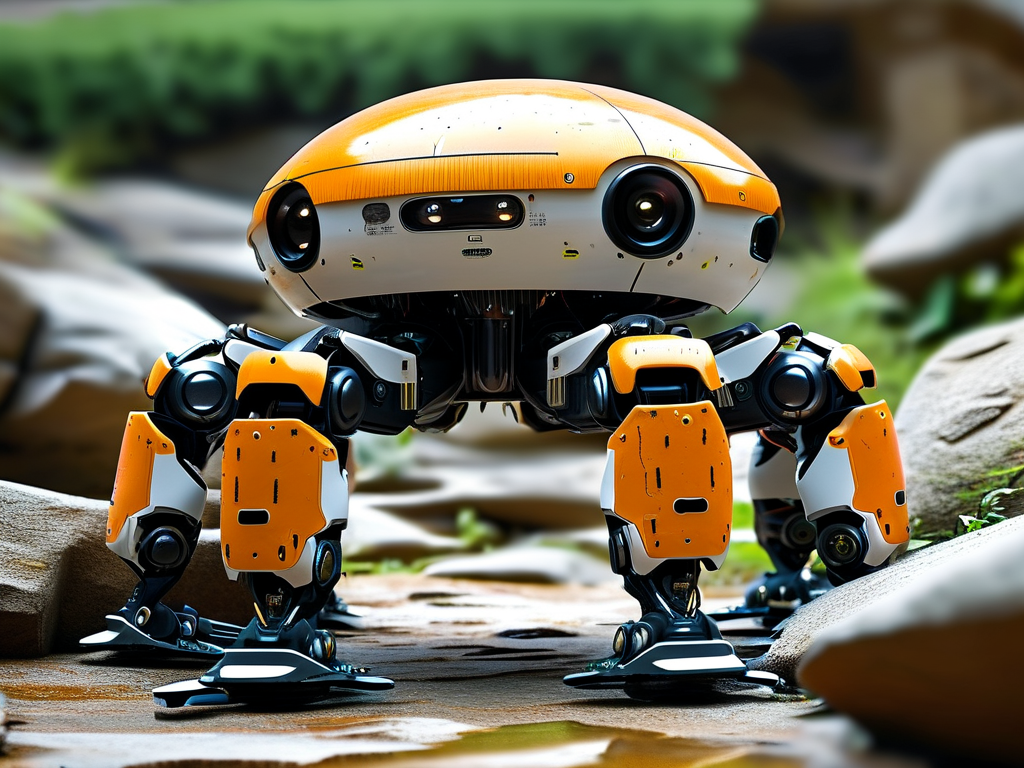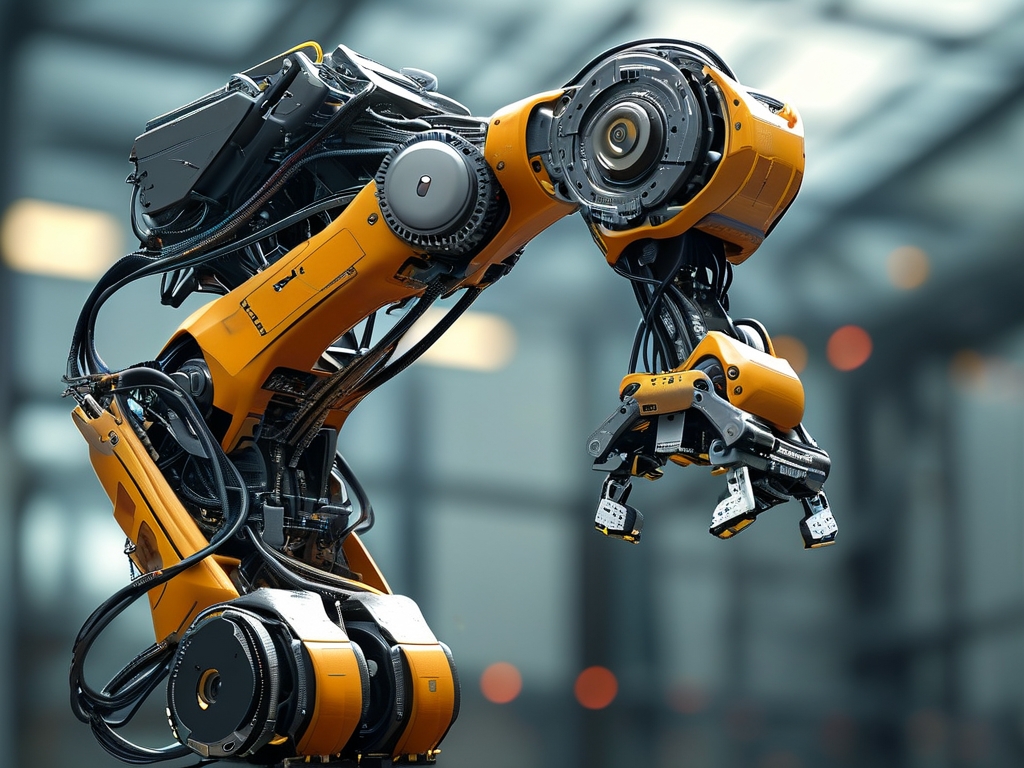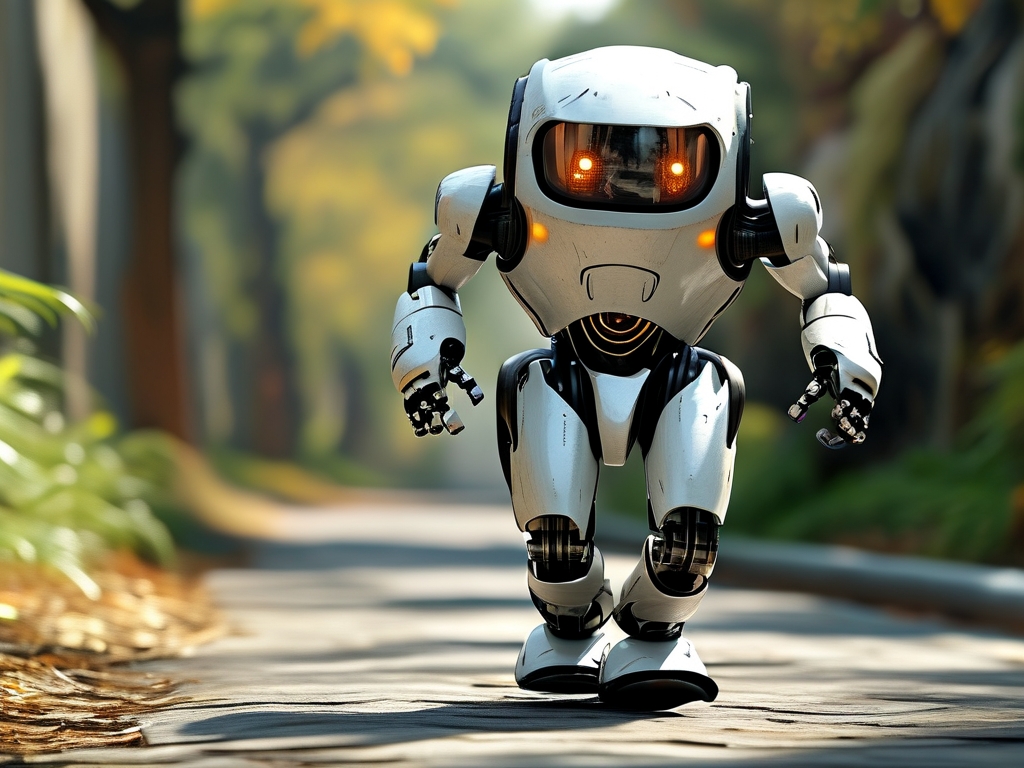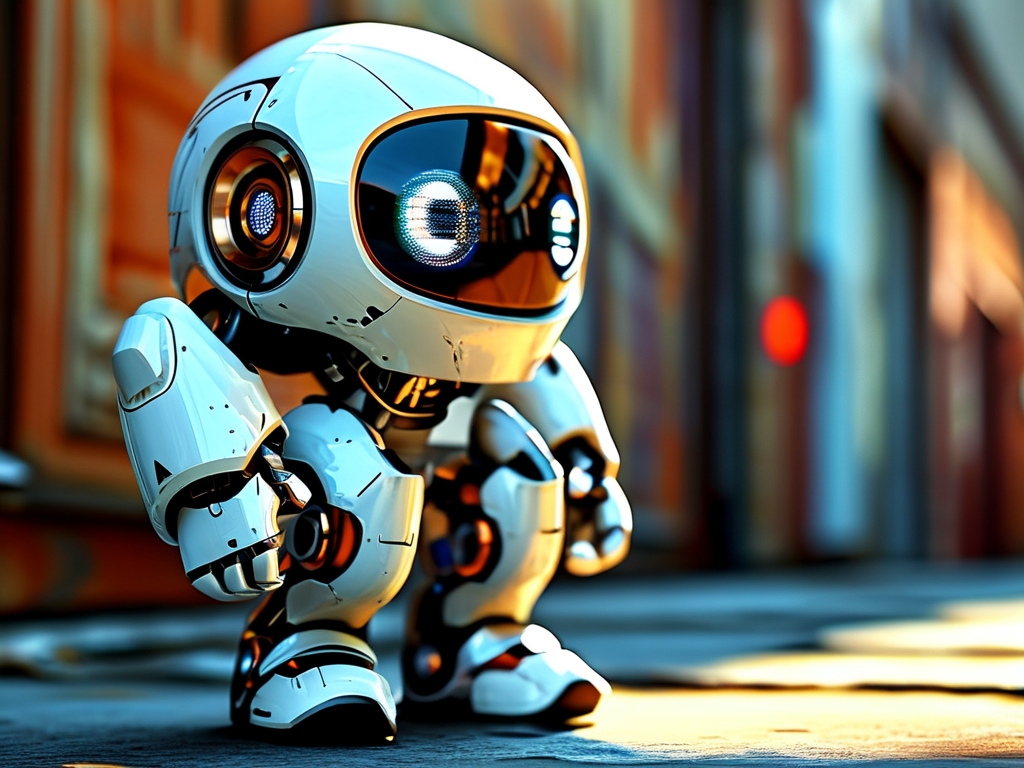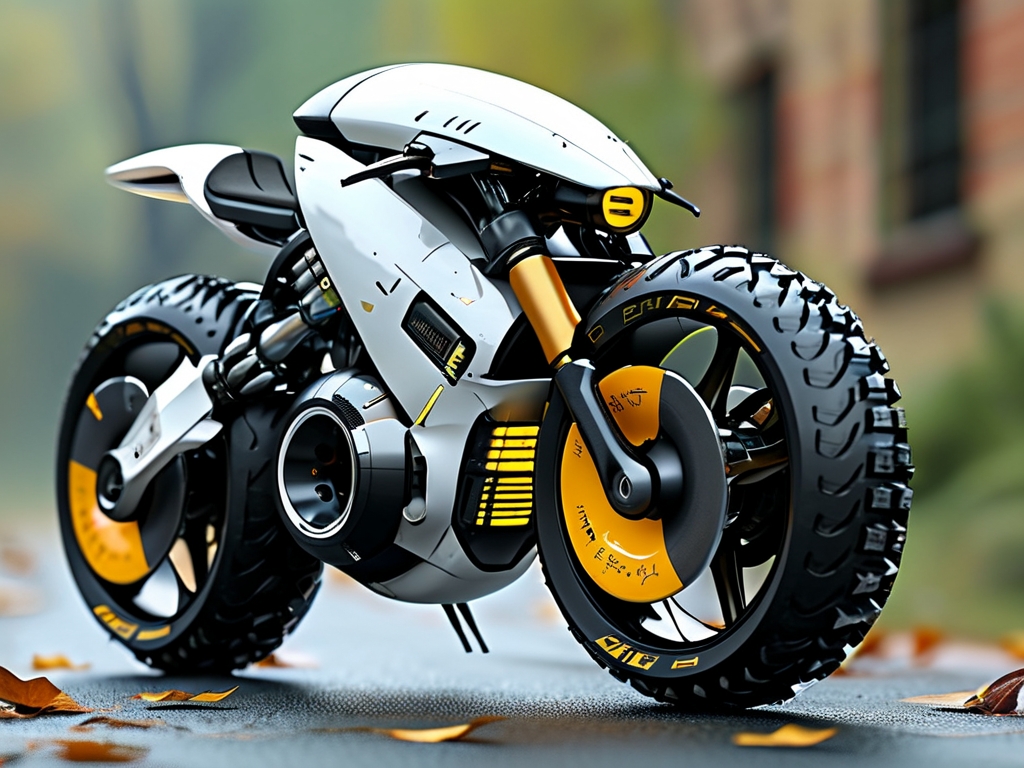Crawling robots, inspired by biological organisms like insects, reptiles, and mammals, have emerged as a groundbreaking innovation in robotics. These machines excel in navigating complex terrains, performing search-and-rescue operations, and conducting inspections in hazardous environments. Central to their development is crawling robot manufacturing technology, which integrates mechanical design, material science, and advanced imaging systems. This article explores the technical intricacies behind these robots, supported by visual examples that highlight their engineering marvels.
1. The Anatomy of Crawling Robots
Crawling robots rely on biomimetic designs to replicate the locomotion of living creatures. Key components include:
- Modular limbs: Flexible joints and actuators mimic biological appendages.
- Sensory systems: Cameras, LiDAR, and tactile sensors enable environment mapping.
- Power units: Lightweight batteries or hybrid energy systems ensure sustained operation.
Images of prototypes, such as the Boston Dynamics’ Spot or Harvard’s Ambulatory MicroRobot, reveal intricate limb configurations and sensor placements. Cross-sectional diagrams further illustrate how these components interact to achieve stability and agility.
2. Manufacturing Techniques
The production of crawling robots involves cutting-edge fabrication methods:
- 3D Printing: Additive manufacturing allows rapid prototyping of complex geometries. For example, hexagonal exoskeletons for shock absorption are often 3D-printed using carbon-fiber composites.
- Soft Robotics: Silicone-based actuators, molded via injection processes, enable lifelike movements. Thermal imaging captures the deformation of these materials during motion.
- Microfabrication: For miniaturized robots, photolithography and laser etching create sub-millimeter gears and circuits.
High-resolution photographs of manufacturing workflows—such as robotic arms assembling sensor arrays or CNC machines carving alloy frames—demonstrate the precision required in this field.
3. Imaging Technology in Development
Visual documentation plays a pivotal role in refining crawling robots. Key applications include:
- Motion Analysis: High-speed cameras record gait patterns to optimize locomotion algorithms. Time-lapse sequences of robots traversing obstacles provide actionable data.
- Defect Detection: Microscopic imaging identifies microfractures in components during quality control.
- Simulation Modeling: Rendered 3D animations predict robot behavior in hypothetical scenarios, such as earthquake zones or underwater pipelines.
Infrared thermography images, for instance, reveal heat distribution in motor systems, aiding thermal management strategies.
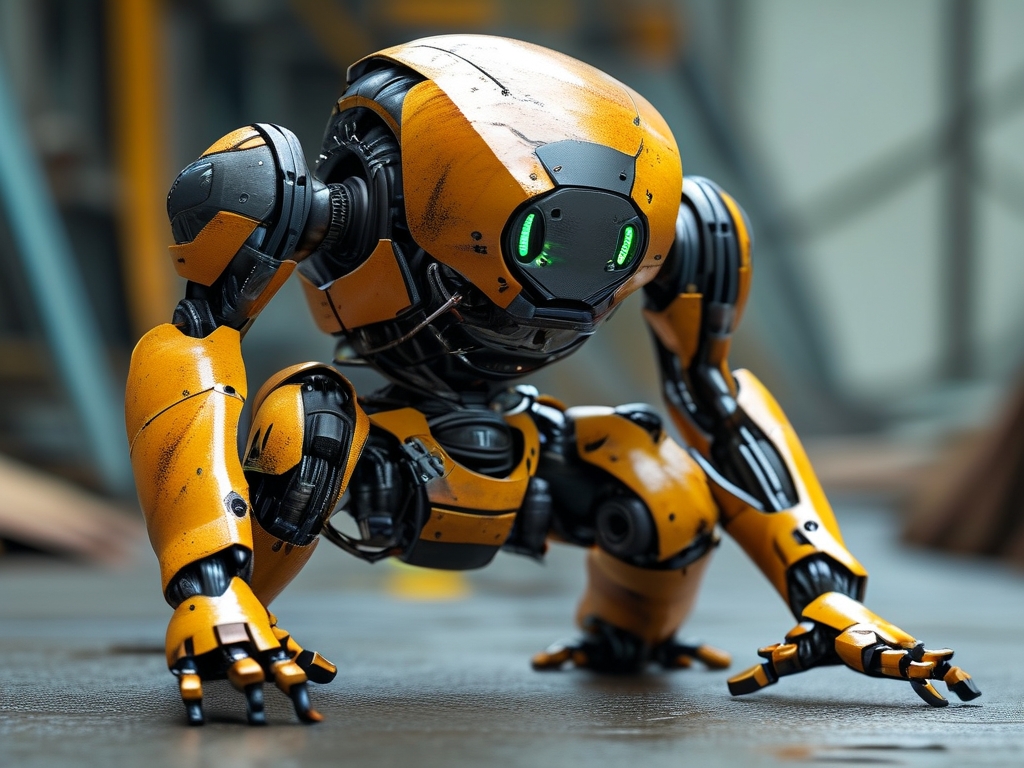
4. Case Studies: Visualizing Innovation
- Search-and-Rescue Bots: The CRAM (Compressible Robot with Articulated Mechanisms) uses origami-inspired folds to squeeze through debris. Photographs from disaster simulations show its compact form navigating rubble.
- Medical Crawlers: Endoscopic robots like the PillCam incorporate miniature cameras to capture internal organ imagery. Manufacturing close-ups highlight their waterproof casings and lens configurations.
- Planetary Explorers: NASA’s LEMUR (Limbed Excursion Mechanical Utility Robot) employs stereo vision cameras to climb rock surfaces. Mars-like terrain tests are documented in panoramic shots.
5. Challenges and Future Directions
Despite progress, hurdles remain:
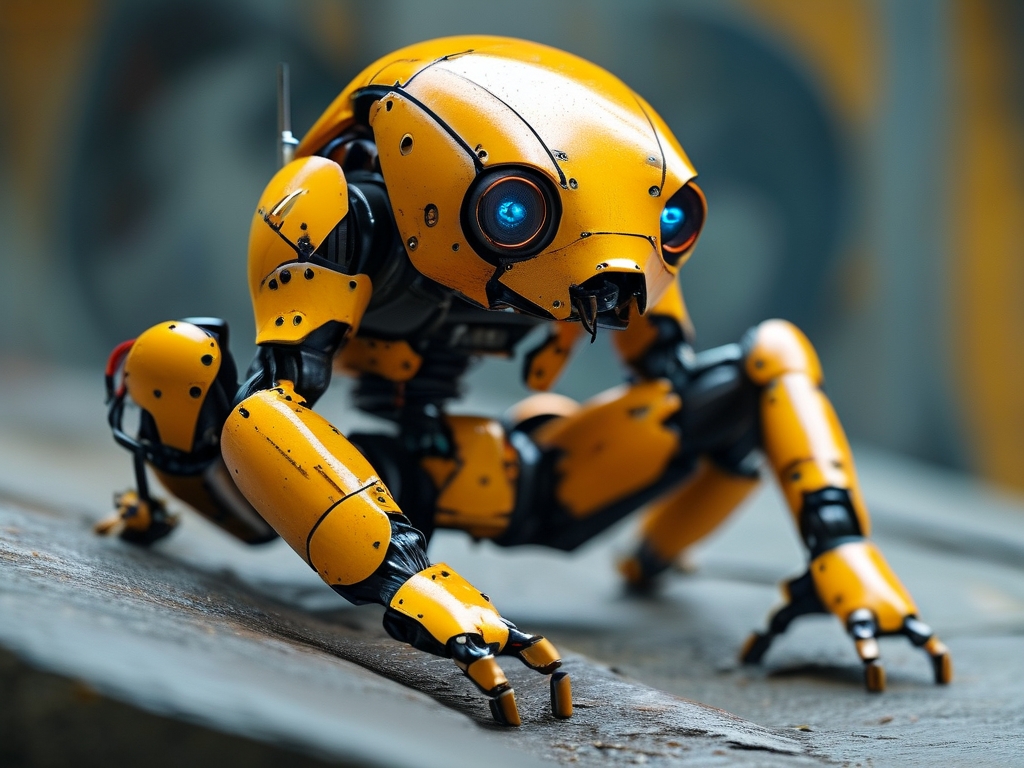
- Durability: Harsh environments degrade materials. Electron microscopy images expose wear patterns on joint bearings.
- Energy Efficiency: Thermal imaging identifies power loss hotspots in circuitry.
- Scalability: Balancing miniaturization with functionality requires nanoscale imaging techniques.
Future advancements may include self-healing materials (visualized via time-lapse corrosion resistance tests) and AI-driven adaptive locomotion (simulated in virtual reality environments).
6. Ethical and Industrial Implications
The proliferation of crawling robots raises questions about automation’s impact on labor and privacy. Meanwhile, industries like agriculture (e.g., crop-inspecting robots) and defense (e.g., reconnaissance bots) are adopting this technology. Drone-captured aerial images of robotic swarms monitoring farmland exemplify these trends.
Crawling robot manufacturing technology, enriched by visual documentation, is reshaping robotics. From microscopic sensor arrays to full-scale industrial deployments, images serve as both diagnostic tools and sources of inspiration. As imaging systems grow more sophisticated—think 8K resolution or hyperspectral cameras—the synergy between robotics and visual analytics will unlock unprecedented possibilities.
(Word count: 1,023)


